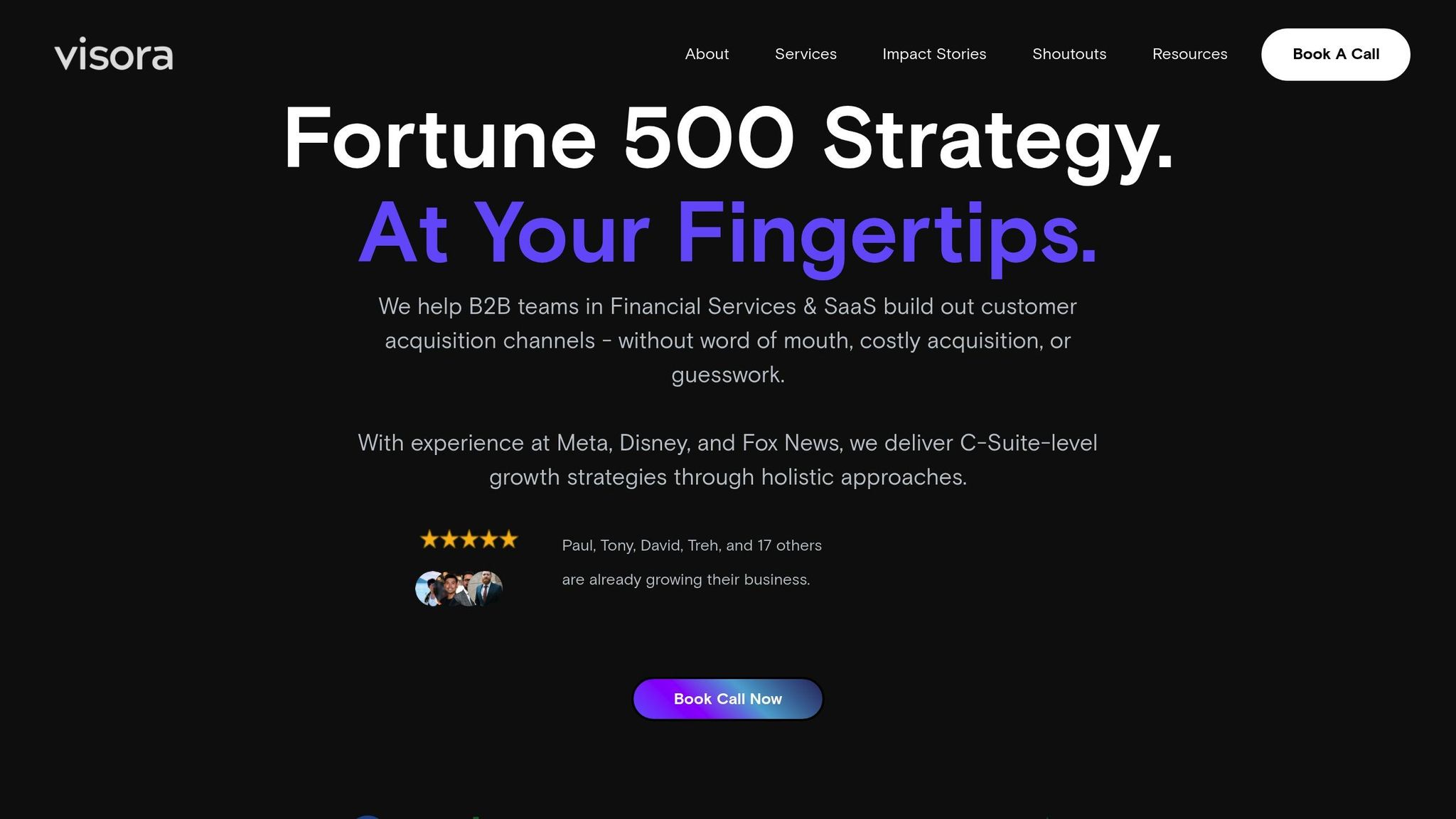
Smooth onboarding is critical for user retention and success. Here’s how financial SaaS platforms can improve their onboarding process:
| Challenge | Impact | Solution |
|---|---|---|
| Technical Complexity | Users feel overwhelmed | Break tasks into smaller steps |
| Security Concerns | Data-sharing hesitation | Explain security measures |
| Regulatory Compliance | Lengthy verification | Streamline KYC with automation |
Financial SaaS platforms need specific onboarding elements to ensure users can get started smoothly and effectively.
The signup process sets the stage for the entire user experience. Mercury simplifies registration by breaking it into easy-to-follow steps, increasing the chances users complete the process.
Here are a few ways to streamline account setup:
| Component | Purpose | Impact |
|---|---|---|
| Progressive Form Fill | Collect data step-by-step | Lowers barriers and reduces friction |
| Smart Validation | Catch missing info before submission | Prevents errors that frustrate users |
| Automated KYC | Use biometric and document verification | Speeds up identity checks |
After a smooth signup, personalizing the experience keeps users engaged.
Personalization is a critical part of onboarding. For example, PayPal's welcome screen identifies each user's main goal and adjusts the onboarding steps to match. This approach ensures users receive guidance that fits their needs.
Understanding user segments is the foundation of this strategy. A small business owner will need different tools and instructions than an individual user. By tailoring content and features to specific groups, platforms make it easier for users to adopt the features they actually need.
Once onboarding is personalized, security features ensure users feel confident moving forward.
Balancing security with ease of use is essential for any financial SaaS platform. Users need to know their data is safe and understand the purpose behind any verification steps.
Making the onboarding process smoother can have a big impact on user satisfaction and retention. Here are some ways to refine the experience.
Automation tools like email sequences, in-app notifications, and AI chatbots are often used by financial SaaS platforms to guide users through the setup process. The key is to keep these tools personal. For example, if a user completes their profile, the system can suggest features that match their business type or goals. This makes the experience feel more relevant and helpful.
Visual tools like progress bars, achievement badges, and milestone alerts can keep users motivated during onboarding. Pairing these with real rewards - like access to advanced features or higher transaction limits - adds extra incentive and helps users see the value of completing the process.
Collecting feedback during onboarding can help identify and address issues quickly. Financial SaaS platforms can use methods like quick pulse surveys after key actions, live chat for immediate support, or behavioral analytics to spot problem areas. Simple tools like thumbs-up/down options or short surveys make it easy for users to share insights without feeling overwhelmed. Together, these approaches create a more user-focused onboarding experience.
Addressing the challenges mentioned earlier requires practical solutions tailored to each issue.
Progressive profiling gathers user information step by step, making the process less overwhelming. Here's how it works:
| Stage | Goal | How to Implement |
|---|---|---|
| Instant Access | Get users started right away | Require only basic details at signup |
| Contextual Data | Collect info naturally | Ask for details when needed for features |
| Guided Setup | Help users navigate complex tasks | Use interactive walkthroughs |
By breaking tasks into manageable steps, users can focus on learning without feeling bombarded.
Good training resources should be:
Interactive product tours, FAQs, and videos can help users learn by doing and answer common questions. For anything beyond self-guided help, strong support options are a must.
Providing multiple support options ensures users can choose what works best for them.
| Support Type | Best For | Typical Response Time |
|---|---|---|
| In-app Chat | Quick, simple questions | Immediate |
| Email Support | Detailed or complex issues | Within 24 hours |
| Demo Calls | Hands-on setup help | Scheduled |
| Knowledge Base | Self-serve solutions | Always available |
Monitoring response times and resolution rates can help you allocate resources effectively and keep support consistent across all channels.

For financial SaaS companies aiming to improve their onboarding processes, having the right guidance can make all the difference. Visora specializes in GTM consulting, offering expertise to fine-tune the onboarding experience.
At the heart of Visora's Trifecta Program is a mix of GTM strategy, smart automation, and multi-channel engagement. Led by Danny Kim, who brings experience from Deloitte, Visora simplifies onboarding for financial service providers like financial advisors and fractional CFOs. Their services focus on streamlining account setup, creating tailored user journeys, and increasing engagement.
Visora's approach zeroes in on three main areas:
These strategies work alongside established onboarding practices to encourage user adoption and long-term success.
Successful financial SaaS onboarding combines user-focused design with smart technical execution. Some of the most important elements include strong security measures, personalized user experiences, and automated engagement tools. Industry examples show that adding gamification can boost conversion rates and encourage users to fully adopt the platform.
Security and compliance are non-negotiable in financial SaaS. Features like KYC (Know Your Customer) and AML (Anti-Money Laundering) checks are essential. At the same time, mobile optimization is crucial - platforms must strike a balance between security and user-friendliness.
These insights lay the groundwork for actionable next steps.
To refine your onboarding process, focus on these key areas:
| Focus Area | Strategy | Outcome |
|---|---|---|
| User Feedback | Use surveys and analyze behavior | Pinpoint problem areas and prioritize fixes |
| Mobile Experience | Simplify flows and ensure responsive design | Better access for mobile users |
| Security | Add layered verification with smooth UX | Build trust without hurting conversions |
| Automation | Set up personalized triggers and tracking | Less manual work, more consistent engagement |
These strategies offer a clear path to improving your onboarding process.
Keep an eye on your metrics and gather user feedback regularly. This data-driven approach ensures your onboarding evolves alongside user expectations and industry trends. By focusing on these areas, you can drive stronger adoption and long-term user loyalty.